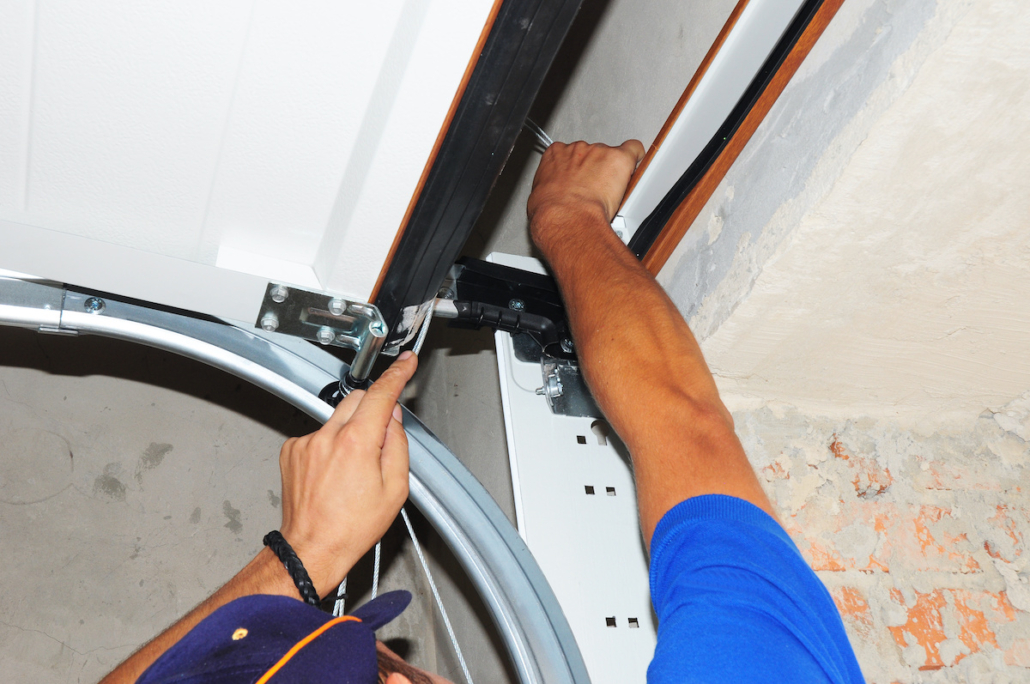Garage Door Parts and How to Check for Damages
When homeowners think about maintenance around the house, the garage door often gets overlooked. Yet, with continuous use and exposure to the elements, the components of your garage door can wear out, leading to issues that may leave you with a garage door in need of repair. This guide will delve deep into garage door parts and how to check for damages effectively.
Understanding Your Garage Door Parts
- Spring: This is the heart of your garage door’s lifting mechanism. They come in two main types: torsion springs and extension springs. A broken spring can prevent your garage door from opening or closing properly.
- Tracks: These are the metal channels where the rollers slide up or down. If these tracks get bent or misaligned, the door might get stuck or fail to operate smoothly.
- Rollers: Small wheels that allow the door to travel up and down the tracks.
- Cables: These are attached to the bottom corners of the door and run up to the pulleys connected to the springs. If a cable snaps, your garage door can come crashing down.
- Hinges: They help the door panels fold as it travels up and down.
- Weather Stripping: Found at the bottom of your garage door, it ensures a snug fit against the ground, keeping out debris, pests, and water.
- Photo Eye Sensors: These safety features ensure that if something or someone is in the path of a closing door, it reverses.
How to Check for Damages
- Visual Inspection: At least once a month, inspect your garage door for signs of wear and tear. Look for rust, broken cables, misaligned tracks, and worn-out rollers. If you notice anything amiss, especially with a key component, you might have a garage door broken in some capacity.
- Balance Test: Disconnect the garage door opener by pulling the release handle (usually a red cord). Manually move the door to about halfway up. The springs might be imbalanced or worn out if it doesn’t stay put.
- Reversing Mechanism Test: For doors with automatic openers, this is crucial for safety. Place a piece of wood or a small object on the ground in the path of the door. When the door comes into contact with the object, it should reverse. If not, check the photo eye sensors for alignment or blockages.
- Sound Check: Pay attention to the noises your garage door makes. Grinding, scraping, or loud banging sounds can indicate a problem.
- Check the Weather Stripping: If you notice water, pests, or drafts in your garage, it may be due to damaged weather stripping. Replace it to ensure a good seal.
- Inspect the Photo Eye Sensors: Ensure they’re aligned and clean. They should be parallel to one another. If they’re blinking or your garage door isn’t closing, there might be an obstruction, or the sensors may be misaligned.
What to Do If You Suspect Damage
While some minor issues can be handled with DIY solutions, such as lubricating moving parts or cleaning the photo eye sensors, more complex problems require professional attention. Remember, garage doors are heavy, and their components are under a lot of tension. Incorrectly handling parts, especially springs and cables, can lead to severe injuries.
If you suspect you have a garage door broken in some way, it’s always best to call professionals like The Overhead Door Company®. With expertise in diagnosing and fixing garage door issues, they can ensure your door is functioning safely and efficiently.
Book an Appointment with The Overhead Door Company of Savannah™ Today!
Regular garage door maintenance and checks can extend the life of your door and its components. By being vigilant and recognizing signs of wear or damage early, you can prevent more significant, costly problems. Always prioritize safety, and don’t hesitate to call in the experts when faced with a potential issue. After all, your garage door is an essential part of your home – it deserves the best care possible!



